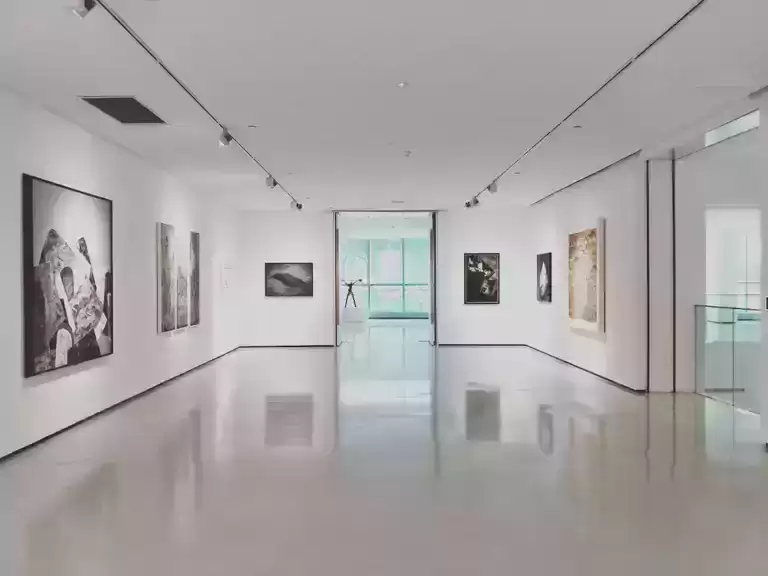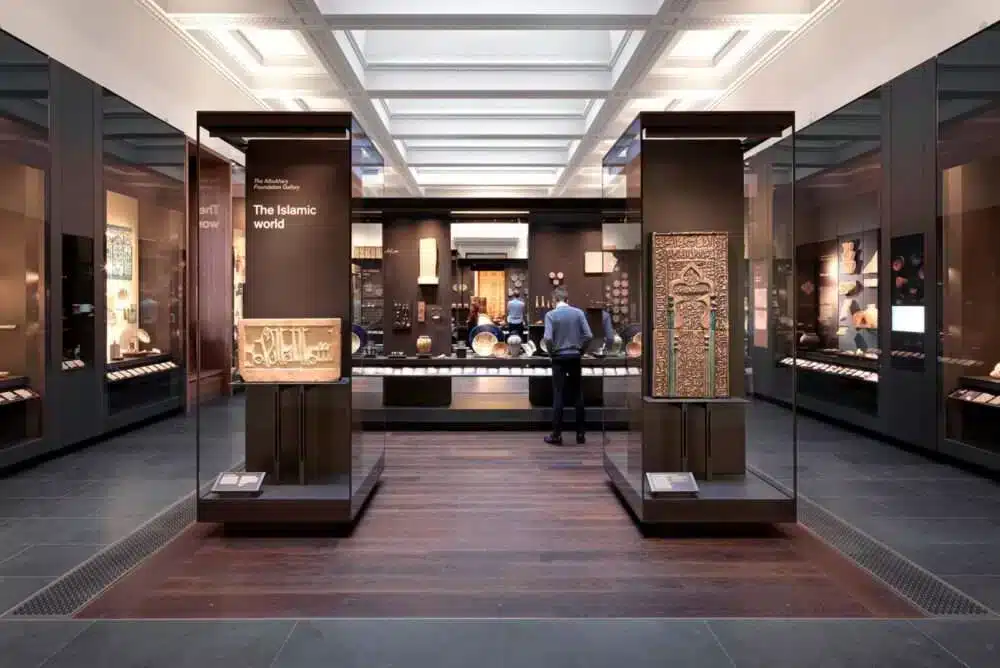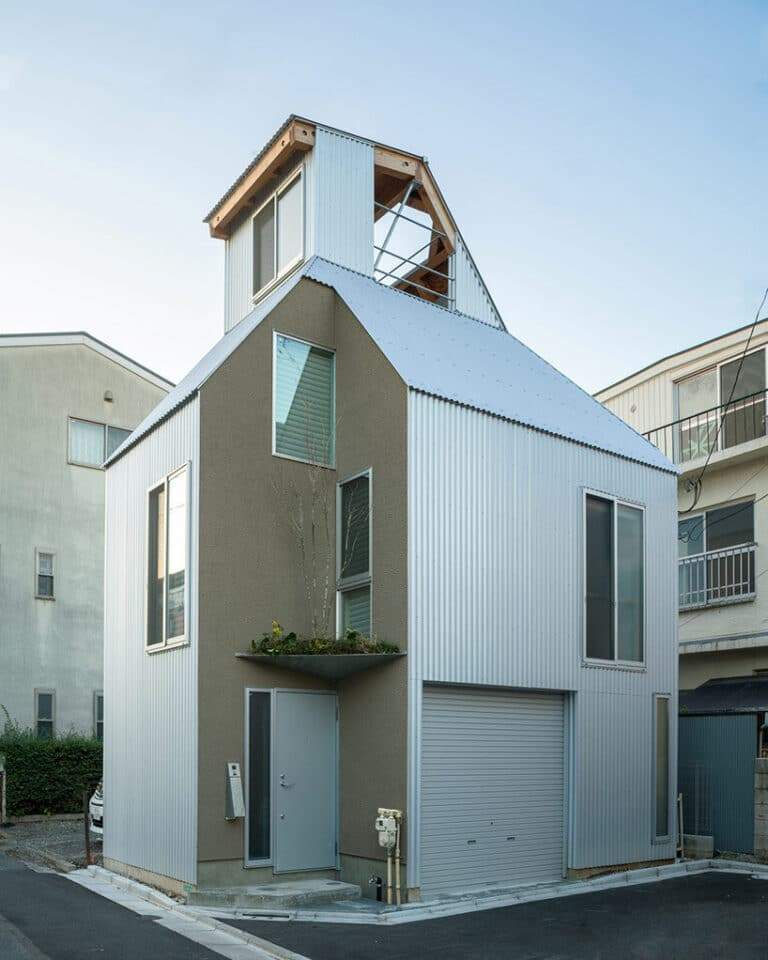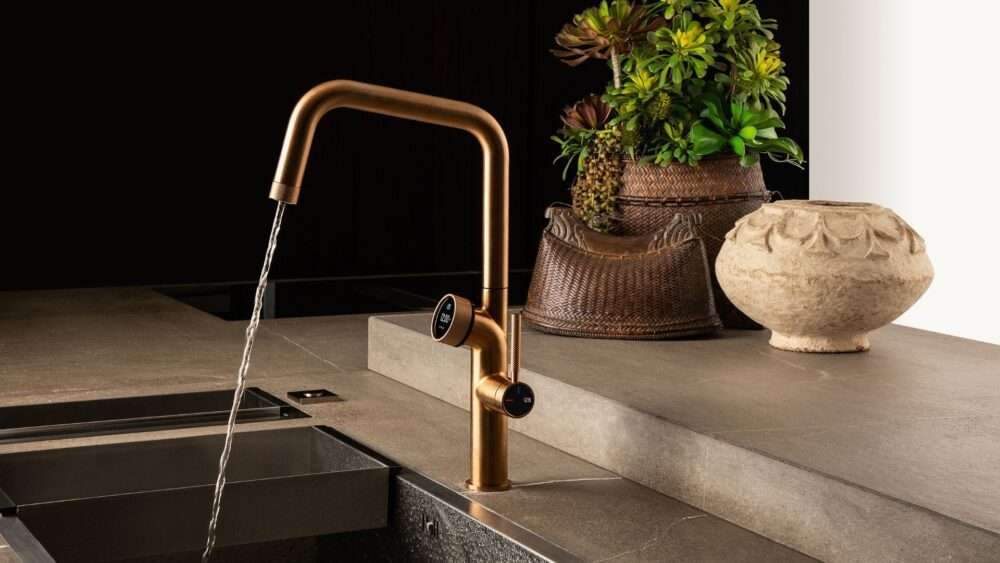Designing art galleries and museums is more than just an aesthetic challenge—it’s a blend of storytelling, spatial planning, and user experience. These spaces are meant to showcase content in a way that makes it accessible, engaging, and meaningful for visitors.
In this article, we will explore practical tips for creating effective museum and gallery designs , including:
- Identifying the target audience.
- Using narratives as a communication tool.
- Organizing visitor flow logically.
- Integrating graphic design into the overall layout.
- Leveraging technology to enhance educational value.
We’ll also highlight real-world examples and best practices that can be applied to cultural projects.

1. Define Your Target Audience (Visitor Personas)
Before starting any design process, it’s essential to understand who your expected visitors are. Are they families, students, researchers, or international tourists?
By analyzing demographic data from the surrounding area or current visitor profiles, you can create representative “visitor personas” that guide design decisions.
Example: If the primary audience is children, the design should include interactive areas and eye-catching colors. For researchers, the focus would shift toward detailed historical information.
2. Use Storytelling as a Communication Tool
Storytelling isn’t new, but it’s one of the most effective exhibition tools. People remember what they feel connected to emotionally.
Instead of presenting dry facts, connect exhibits with real-life stories, historical figures, or significant events. This creates a deeper impression and engages emotions.
| Story Level | Example |
|---|---|
| Main story | The history of a country through different eras |
| Sub-stories | Life of a notable figure, soldier’s diary, historical letter |

3. Organize Visitor Flow in a Logical Sequence
A well-planned visitor path is crucial for a positive museum experience. No one likes feeling lost inside a space.
If the exhibit covers a historical period, it’s best presented chronologically —from ancient times to the present. For thematic exhibitions, organize by major topics or sections.
| Type of Organization | Suitable For |
|---|---|
| Chronological | Historical museums |
| Thematic | Science museums or modern art |
| Spatial | Large museums with multiple halls |
4. Use Graphic Design to Enhance the Experience
Graphic design plays a central role in helping visitors understand the exhibit. From signs and labels to banners and large-scale installations, visuals help convey information clearly.
Practical uses:
- Maps for navigation
- Clear, readable signage
- Color coding to differentiate sections

5. Integrate Interaction and Technology
Technology is changing how visitors engage with content. Interactive screens, augmented reality, and even simple games can make the experience more engaging.
| Type of Interaction | Target Group |
|---|---|
| Educational games | Children and teenagers |
| Touchscreens | Young adults and students |
| Audiovisual displays | All age groups |
An example is the Science Museum in London , which successfully used interactive technology to increase visitor numbers by up to 40%.

ArchUp’s Perspective
ArchUp believes that successful museum and gallery design goes beyond artistic skill—it requires understanding the relationship between people and space.
Some designers overuse technology without considering the core concept of the exhibition, leading to distraction rather than engagement.
There’s also often neglect of lighting and seating, which play a key role in improving the visitor experience.
Each design element should have a clear purpose—whether guiding visitors or delivering a message effectively.
Frequently Asked Questions About Gallery and Museum Design
| Question | Answer |
|---|---|
| What is the most important thing to consider when designing an exhibit? | Understanding the target audience and their needs. |
| Is technology necessary in every museum? | No, it should be used according to the nature of the content and audience. |
| How do I choose the right colors for an exhibition? | Based on the theme and the psychological impact on visitors. |
| What is the best way to guide visitors within a museum? | Through clear signage and visual maps. |

Summary Table of Key Points
| Focus Area | Key Notes |
|---|---|
| Audience | Knowing your visitors guides all design decisions |
| Storytelling | Helps deliver content in an impactful way |
| Layout | A logical path reduces confusion and increases understanding |
| Graphic Design | Organizes information and directs visitors |
| Interactivity | Increases appeal, especially for younger audiences |
In conclusion, designing art galleries and museums requires careful planning and sensitivity in execution. It’s a cultural space meant to deliver knowledge in an enjoyable and meaningful way . When done right, it leaves a lasting impression and fosters a deeper connection between the visitor and the displayed content.







